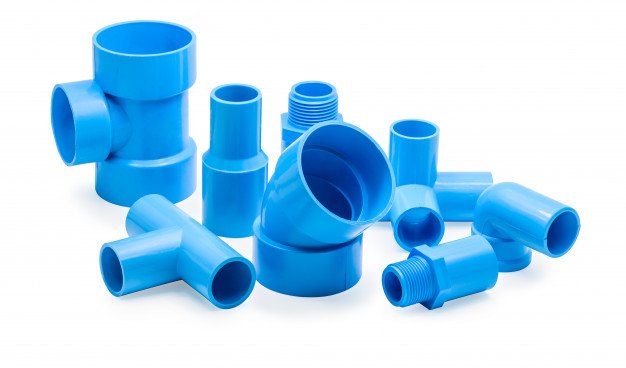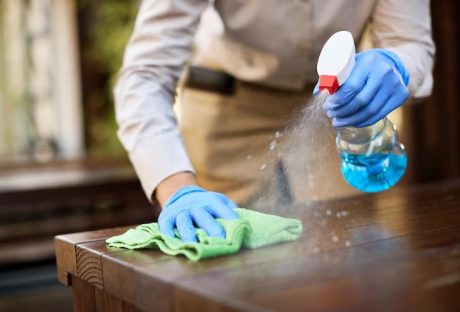Impact of PVC vs non-PVC towards the environment:
Polyvinyl chloride, also known as PVC or simply as vinyl, is a plastic composed of carbon, chlorine, and hydrogen. It’s a common material found frequently in packaging, wire coatings, furnishing, construction materials, pipes, electrical wires, and also in the graphics industry. The reason that PVC is such a popular material is that it’s incredibly versatile. It’s also resistant to UV rays, chemicals, weathering, and flame resistant.
Many people, however, believe that PVC has a negative impact on the environment and avoid using any products that contain this material. It’s true that there are many complaints about PVC and its effect both on people and the environment, so let’s take a look at the main issues, both for and against.
1. The manufacturing process releases highly toxic carcinogenic dioxins into the environment:
There are two main pieces of evidence that debunk this belief. First is that over the past 30 years, the production of PVCs has increased 300%, whilst at the same time the amount of dioxins in the environment has reduced. Therefore, if the manufacturing process was the major cause of dioxins in the environment, you would expect that the number of dioxins would have increased accordingly. In fact, if we stopped producing PVC, the levels of dioxins in the environment wouldn’t noticeably diminish. Second, that the main cause of dioxins in the environment is not the inefficient combustion of PVC, it’s mainly due to landfill fires and to a lesser degree, the inefficient combustion of medical and urban waste.
2. When incinerated or burnt in house fires, PVC releases dioxins, chlorine, and other carcinogenic chemicals into the air:
First of all, PVC doesn’t burn very well, in fact, if the source of fire is removed, PVC doesn’t continue to burn, because it contains a fire-resistant polymer. Also, many PVC products are treated with additional flame retardants after the manufacturing process and release less smoke and less heat when combusted, compared to other plastics. Second, when PVC is correctly combusted the number of toxins released into the environment is insignificant. In fact, the most harm derives from the release of carbon monoxide, which is released from numerous other materials when burnt.
3. PVC can’t be recycled therefore it accumulates as plastic waste:
In most scenarios, PVC is actually highly recyclable and can be recycled many times over without degrading. In fact, many plastic products in use today contain components of recycled vinyl; some proponents believe that due to its high recyclability, PVC is actually a zero-waste material.
Also, since PVC lasts longer than other materials, it doesn’t need to be replaced as often and hence, appears in landfills less often than comparable materials. In addition, the durability of PVC has led to it being used to line landfills with no evidence that the vinyl breaks down and releases toxins into the groundwater. In the graphics industry, however, PVC is currently difficult to recycle due to contamination from adhesives, additives, and print. Avery Dennison is looking to overcome this with innovative technology to separate products into raw materials, through their Liner Recycling Program.
4. PVC is expensive to manufacture:
PVC is made from chlorine and ethylene, both of which are inexpensive to a source (chlorine comes from salt and ethylene from natural gas), resulting in a very inexpensive manufacturing process. In fact, when you consider that PVC products are very cheap to buy, between the retail cost of the product and the profits made by the manufacturer and reseller, the actual production costs are minimal. The result is that vinyl products consume less energy, generate fewer emissions, and save more energy during the manufacturing process than many other products.
Why is PVC popular in the graphics industry?
All the benefits of using PVC in the graphics industry have been stated above however, more specifically, PVC is extremely cost-effective when compared to alternative polymers. Its long life, durability, resistance to the elements and flame retardance are also major factors, but for our customers, the lower costs are a huge benefit. One of the most popular applications is for car wraps, where the vinyl provides maximum versatility. Vehicles can look like a work of art after being wrapped with a vinyl film.
The fact that PVC is readily available is another factor that cuts down costs, as well as its versatility because we can manufacture numerous products using the same materials. PVC is also an ideal material for use across all print platforms, both porous and heat stable.
In summary, PVC is not the villain that it has been made out to be. Many companies manufacturing it are not only committed to sustainability but focused on using innovative techniques combined with the responsible sourcing of materials, to reduce the impact of their operations and supply chain on the environment.
Read Also:






















